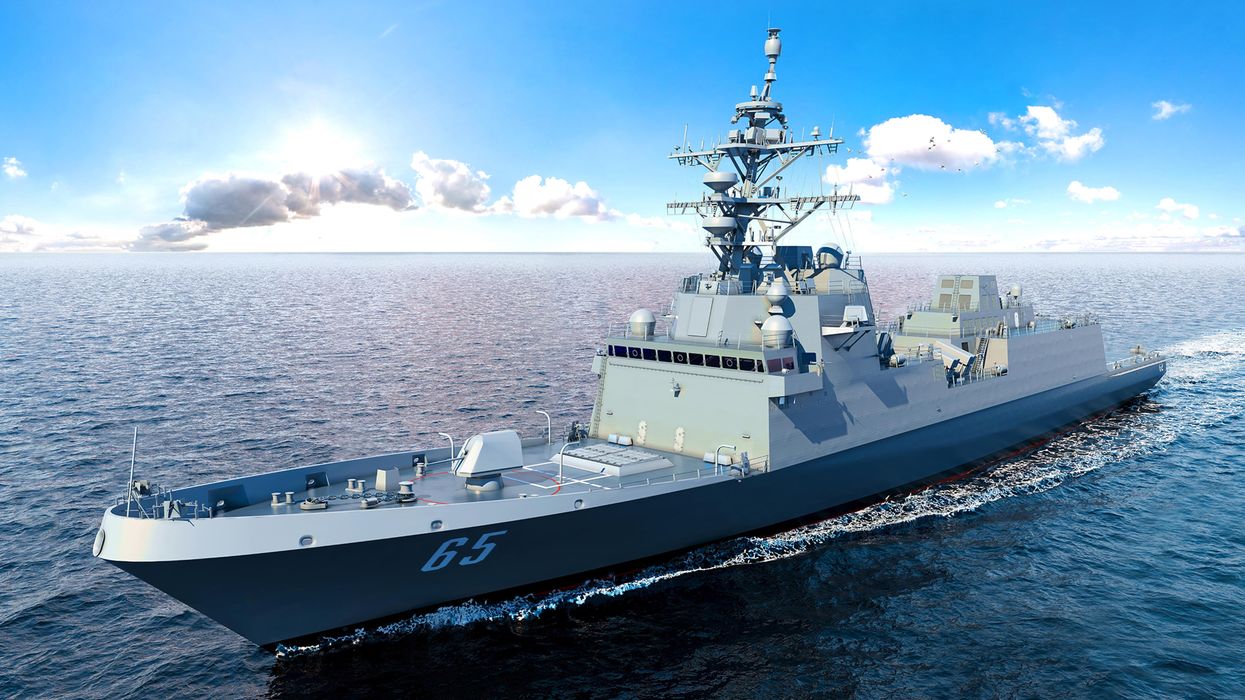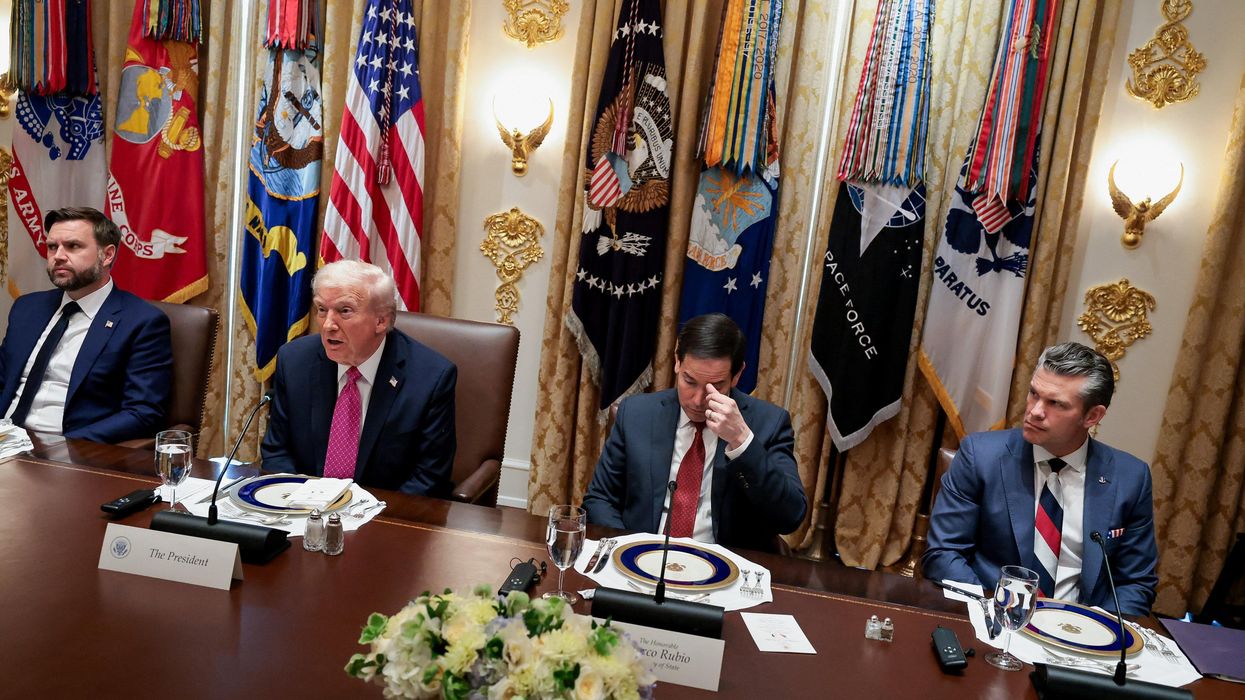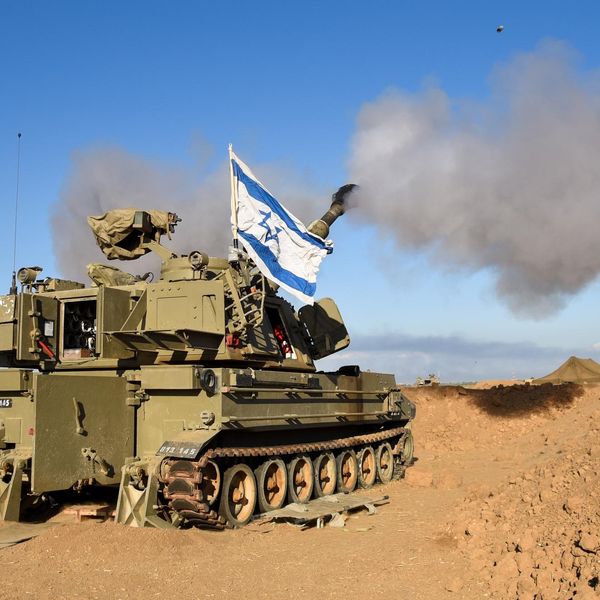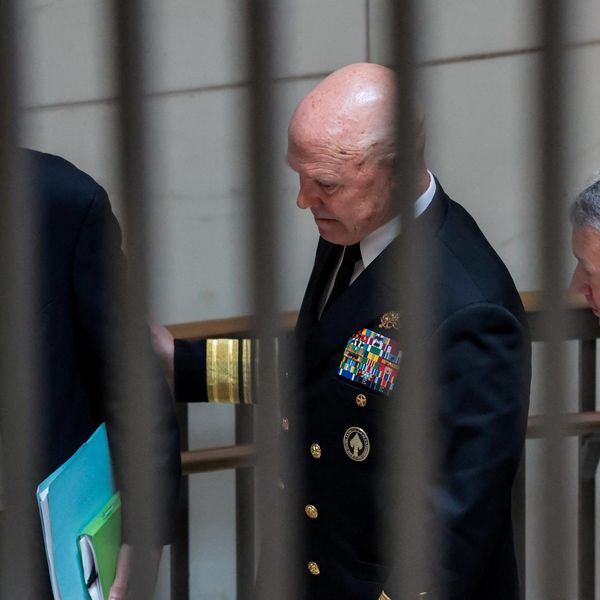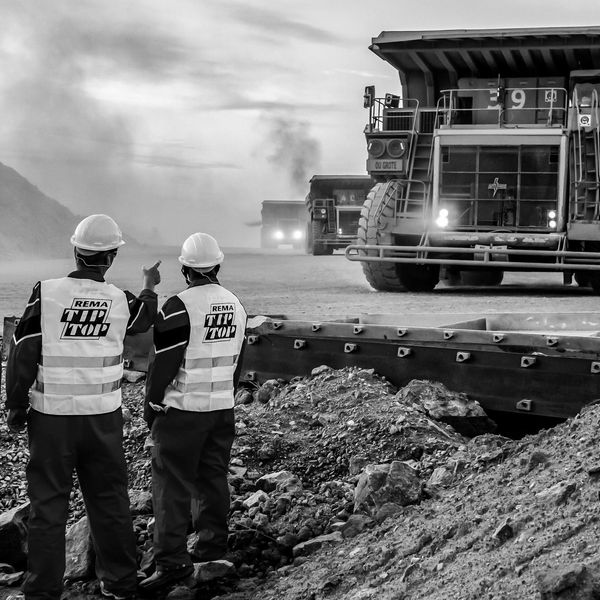After months of confrontation, U.S.-Iran relations finally produced something positive, as both sides agreed to a swap of prisoners. Iran freed American student Xiyue Wang and the United States freed Iranian scientist Masoud Soleimani. President Donald Trump thanked Iran for a fair exchange and added that it showed that the two states can deal with one another. Even Secretary of State Mike Pompeo characterized Iran’s approach in this matter as “constructive.” Later Iran’s Foreign Minister Javad Zarif declared Iran’s readiness to exchange other remaining prisoners, adding that now the ball is in the United States’ court.
The question now is whether Iran and the U.S. can extend this constructive approach to solving other more important problems in their relations or will this positive event prove to have been a flash in the pan, with the two sides reverting to their past behavior characterized by accusation and mutual recrimination?
At the outset, it should be said that any diplomatic process between Iran and the U. S. would be lengthy and its results would be incremental. Therefore, expectations should be kept modest. To jumpstart the process, both Iran and the U.S. should take advantage of the relatively positive atmosphere created by the prisoner swap and follow it with more constructive work, including perhaps more prisoner exchanges.
In the long run, however, for diplomacy to succeed, both Iran and the United States need to reassess some of their past policies, show willingness to understand each other’s major concerns and demonstrate a readiness to compromise.
What Iran Needs To Do
Psychologically and politically, Iran would have to make the most difficult choices. The Islamic Republic has largely based its legitimacy on its so-called anti-imperialist crusade which, in reality, has only targeted the United States. Giving up this struggle would be hard for the Iranian regime, especially the hardline elements. However, the popular appeal of this strategy has seriously eroded as it has resulted in Iran’s international isolation and serious economic hardship for its people while undercutting the regime’s credibility. Thus the continuation of the current situation could be far more damaging to the regime’s interests than abandoning, or at least seriously toning down, this aspect of its behavior.
The Iranian leadership by now should have realized that, in view of the United States’ still-dominant role within the international political and economic systems, it cannot circumvent the U.S. in its international dealings. Iran’s inability to convince other states to ignore American economic sanctions should have convinced Tehran of this reality.
The other cornerstone of Iran’s foreign policy has been anti-Zionism and its commitment to the complete liberation of historic Palestine. However, on many occasions, including during the presidencies of Ali Akbar Rafsanjani (1989-1997) and Mohammad Khatami (1997-2005) Iran has said that it would abide by the decision of the Palestinian people, thus implying that it could support a two-state solution. But, Iran has never supported peace efforts between Israel and the Palestinian. Iran’s ambiguous policy on Palestine and its anti-Israel rhetoric has been at the root of Iran’s many regional and international problems. It is no exaggeration that the biggest irritant in Iran’s relations with the U.S. and Europe is its unreasonable hostility to the state of Israel. Without changing its attitude towards Israel, Iran cannot expect any real improvement in its relations with the Western countries. Iran need not abandon its support for Palestinians’ rights. But it has to do it within accepted parameters, ones that recognizes both Israel‘s and the Palestinians’ right to statehood. If Iran were prepared to make these changes, its other regional relations would become much easier to repair.
The United States Also Needs to Alter Its Approach towards Iran
By now, the United States should have realized that its excessive preoccupation with Iran and threats posed by it has caused it to adopt regional policies that have not only failed to advance its interests, but have also caused it serious difficulties, including military entanglements. The American policy of refusing gradual reconciliation with Iran after the end of the Iran-Iraq war and instead banking on Saddam Hussein contributed to Iraq’s adventures in Kuwait, leading to the first Persian Gulf war and paving the way to the 2003 U.S.-led invasion.
American acquiescence, if not active support, in Pakistan’s creation of the Taliban also had an Iran angle. The Taliban were supposed to contain Iran’s influence in Afghanistan. After the 2001 U.S. invasion of Afghanistan, Iran played a vital role in making the leadership transition in Afghanistan possible. It also offered cooperation with the U.S. But Washington ignored Iran’s offers. The result was that the U.S. became Pakistan’s prisoner. Islamabad played a double game of masquerading as a U.S. ally while also helping the Taliban.
America’s other regional policies, including in Syria, have had a significant Iran angle. Washington insisted on getting rid of Bashar al Assad essentially because of his ties to Tehran. In Iraq, the U.S. policy of maximum pressure on Iran and its desire to end Iran’s ties to Iraq are exacerbating the country’s huge political and economic problems and risks plunging it again into civil war. Should this happen, it could also extend to Iran and thus increase the risks of a larger regional conflagration. By contrast, a more reasonable U.S.-Iran relations could help stabilize Iraq.
In fact, it is safe to say that, without some form of U.S.-Iran reconciliation, the chances of bringing a modicum of stability to Middle East politics and thus enabling America to reduce its military entanglements in the region are almost nil. But to bring about over time some U.S.-Iran accommodation, the U.S. should also change some of its attitudes.
First, Washington should not see diplomacy with Iran consisting merely of delivering ultimatums and laying down a priori conditions. The U.S. is more likely to achieve its desired goals at the end of a process of engagement rather than at its beginning. If the United States had accepted Iranian offers of economic cooperation as early as 1994 or even after the signing of the Joint Comprehensive Program of Action (JCPOA) in 2015, by now political relations would also have advanced since, as the old saying goes, flag often follows trade.
Second, the U.S. should have a more realistic assessment of Iran’s threat and its abilities to realize those threats. Notwithstanding the alleged Iranian attack on the Saudi oil installations in September, Iranian bark has generally been worse than its bite. Most important, Washington should realize that Iran is not the source of all Middle East problems.
Third, the U.S. must realize the tremendous ramifications of state collapse in Iran either as a result of American military action or through internal erosion because of punishing sanctions. Sudden regime change in Iran would not be an easy or peaceful event. It would be messy and violent and would alter the geopolitics of the region in as yet unpredictable ways. There is no guarantee that the end result would be beneficial to U. S. interests. In 1978-1979, Washington underestimated the impact of a regime change in Iran. As in 1979, it is highly unlikely that the collapse of the current regime would result in a democratic government. Thus, America must be careful about what it wishes for in Iran. It might get something even worse than the current regime, as it did in 1979.
If U.S. and Iran fully realize how damaging their maximalist approaches towards each other have been and show a willingness to compromise, then a diplomatic process could be started. This process would be long and, possibly at times, frustrating. But with good will and readiness to offer mutual concessions, it would ease the current tensions between Tehran and Washington and could move them towards more normal relations. The prisoner swap is a small ray of light, but it should be built on.


